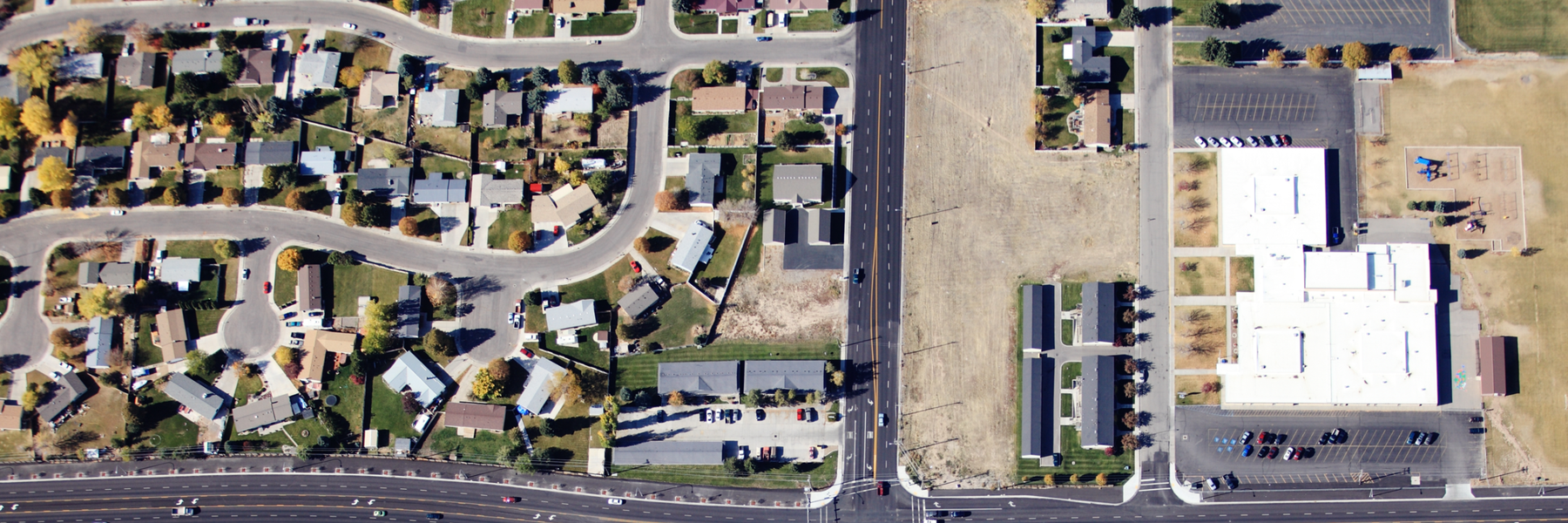The U.S. Senate just introduced the Sentencing Reform and Corrections Act, a bipartisan effort being heralded as a great step toward addressing the problem of our criminal justice system. But a primary fallacy in our current conversation is the assumption that we’re dealing with a coherent system at all. We’re not. When one wants to take a look at the numbers and make some sense of them, it becomes clear that there really aren’t “numbers” in the way one would hope. Our record keeping, to put it bluntly, is a bit of a mess.
Our criminal justice system is, effectively, so many smaller systems evolving in parallel. Prison corporations — GEO Group, Corrections Corporation of America, Management and Training Corporation — may be vultures feeding off misfortune, but they’re thriving in their legal, albeit unchecked, role providing “solutions” to “government partners,” as they put it. The quality of these solutions have gone largely unchallenged, though.
The details of our prisons typically are and have been matters of public record, if one only knows how to ask. Data-driven snapshots of whole segments are difficult to obtain, but not impossible. Even for-profit prisons, whose status as private corporations make them notorious for being exempt from public records laws, can’t hide everything they’ve got. Some information must find its way back to the government bosses.
Firstly, municipal budgets are available, as are the budgets for other aspects of town and county life: taxes paid, grants received, interdepartmental agreements. Zoning agreements, contractor proposals, construction invoices, and bond agreements, utility bills, sewage plans, and water usage — the practical components handled by the city are often open records for both public and private facilities—the premise, as with all public records requests, being that if checks are being signed in the name of taxpayers, then the taxpayers have a right to know what they bought. Contracts and invoices for contracted services — management, construction, phone service, media toys — are open record, as are the bidding materials submitted when the company first threw their hat in the ring for government work; as an extension, their plans for fulfilling the needs of the agency should also be available.
Prison policies are obviously open information. The state typically dictates standards for its jails as well, and if they’re not already posted online, one is well entitled to ask for them. Policies point to reporting requirements, and, as the agency’s own rules for how they should conduct their business, they can be telling indicators of potential failure; even if a policy seems ripe for misuse, it can be a legitimate shield for offending authorities. Solitary policies across the country, for example, lacked limitations on the punishment, contributing to rampant overuse and exaggerated stays in the SHU, all allowable by regulation.
Of course, the fact that prisons are full of people and people, understandably, have a right to privacy hinders access to certain information. Medical records, for sure, will be withheld without permission, though other consolidated information likely won’t be: statistics on inmate medical classifications, invoices for treatment, emergency incidents and death-in-custody numbers. Autopsy reports may even be available depending on the jurisdiction.
Individual inmate grievances may be requested, though their provision can get costly - better to request any available logs of grievances. Specific transfers in and out of the facility may not be available, but the number and types might be, just as the specific number of the solitary confinement population.
Menus for the cafeteria, education materials, library holdings and banned materials should all be artifacts of daily inmate life at public facilities open to public inspection. Regulations for visitation and the statistics for how regularly that occurs can also be considered alongside the commissions the prisons make on phone and video calls.
Completed state-sponsored investigations, audits, and inspections are all up for public inspection. Even disciplinary reports for certain staff may be available, though personnel exemptions may still apply. Typically uses of force must be reported in some way, and these reports and statistics are also available. Ethics decisions should also be public. Staffing reports may be withheld under security concerns, but they aren’t always.
While the prison population creeped up, private operators spread across the country, and abuses went unnoticed, the media also helped laud “tough on crime.” But without local pressure to improve — record keeping, rehabilitation, recidivism — the national view that corporations can maintain will be able to anticipate and influence correctional approaches more effectively than the communities that must suffer them.
“We can’t ask our police, or our prosecutors, or our prison guards, or our judges to bear the entire burden of containing and controlling problems that the rest of us are not facing up to and willing to do something about,” President Obama said in a speech to the NAACP this summer, reiterating multiple times the need to reach out to other communities to help tackle the crisis. “Yes, we have to stand up to those who are determined to slash investments in our communities at any cost - cutting preschool programs, cutting job-training programs, cutting affordable housing programs, cutting community policing programs. That’s shortsighted. Those investments make this country strong.”
With such a far-reaching $80 billion blight, there won’t be a one single successful approach. Simply because the President has stepped up to acknowledge there’s a problem doesn’t mean that he or Congress can implement tangible steps from on high to combat overcrowding in New Mexico or inmate abuse in Texas.
Fortunately, public records laws do make it possible to get inside the concrete walls of public and private prisons alike. It’s an important first step for reform-conscious journos - from there the real goal is to use that information to the advantage of all.
Image by Brocken Inaglory via Flickr and is licensed under CC BY-SA 3.0




